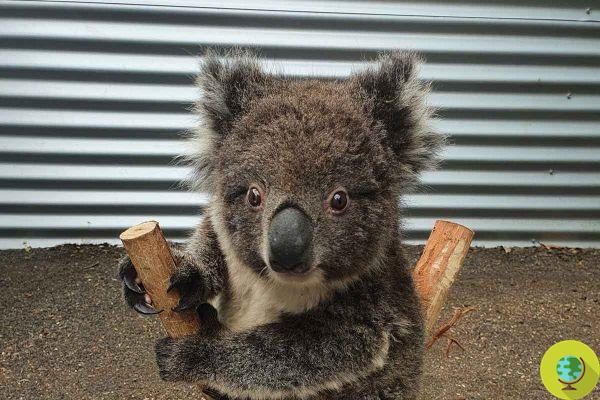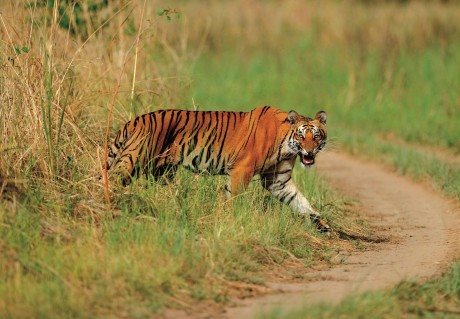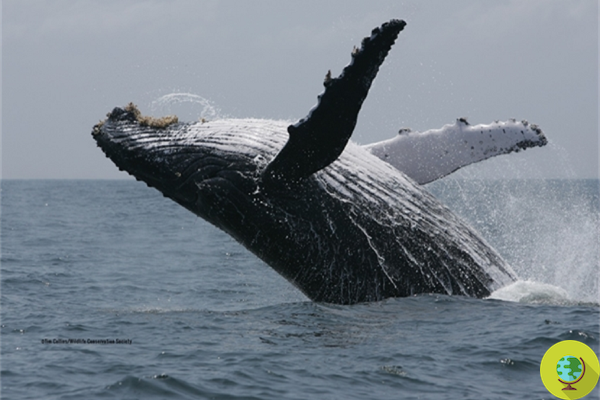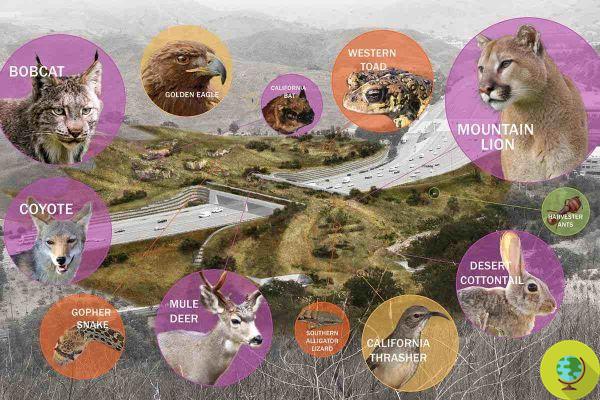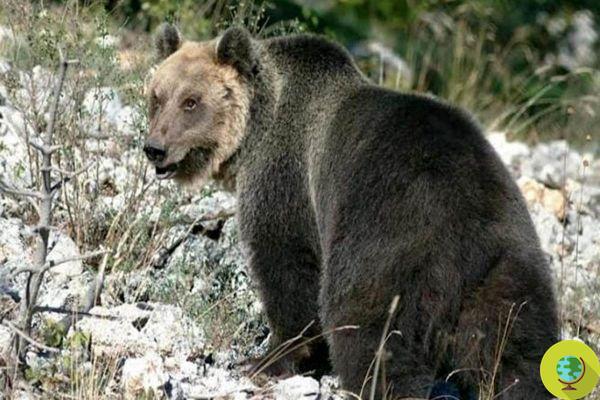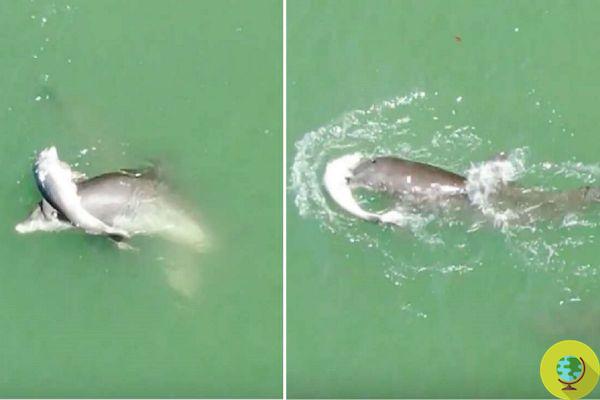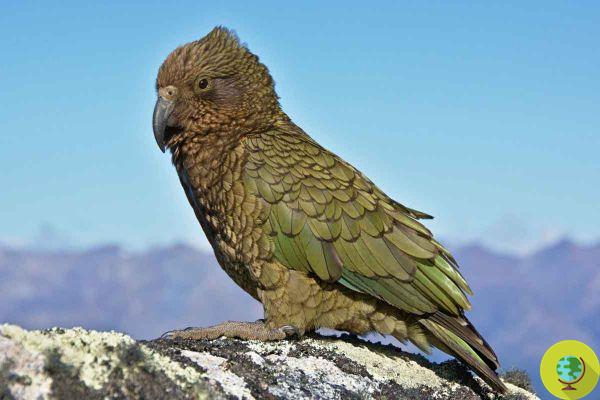
The New Zealand kea is capable of living in many different ecosystems, but has chosen those furthest away from human populations.
He is about to end up run over, his mother saves himThe New Zealand kea is capable of living in many different ecosystems, but has chosen those furthest away from human populations.
According to research conducted by the University of Otago in New Zealand and the University of Stockholm in Sweden, and recently published in the journal Molecular Ecology, the kea, considered the only alpine parrot in the world, may have chosen the highlands as a habitat for get away from humans.
Nestor notable from Nestor
The researchers analyzed both the complete genome data and the demographic histories of the kea (Nestor notabilis) and its closest sister species, the caca (Nestor meridionalis), in order to reconstruct the evolutionary history of both birds, identify their differences. at the genetic level that determine their specializations in the different ecosystems they inhabit and at the same time determine how they have responded to different climate changes.
Thus they found that there are no substantial genomic differences between the two species associated with the alpine life of the kea. They also noted that physiologically there is nothing that prevents this bird from inhabiting a wide range of altitudes, ranging from sea level to the mountainous ecosystems in which it is currently found.
Considering the results obtained and the great adaptability of the kea - also known as the mountain clown for its particular playfulness - the researchers hypothesized that the preference for alpine ecosystems is due to the fact that these areas, unlike the plains where it is practiced agriculture and other economic activities are less disturbed by anthropogenic activities. However, they ensure that more information needs to be gathered in order to confirm this hypothesis.
Endangered: New Zealand parrots
With a population of around 4000 individuals in the wild, Kea is classified on the red list as an endangered species. We should not be surprised then if their removal from the human being in order to survive was confirmed. According to the New Zealand Department of Conservation, the reduced number of these birds is due to human activities and predation suffered by invasive species, as well as the extermination policy implemented for almost 100 years until the 70s, which provided for the payment of a prize for each kea hunted.
READ also:
- If you don't know the podargo, you don't use Instagram enough: it's the most “instagrammable” bird in science
- The whole village turned off the lights for 35 days to save a bird's nest
- This bird can no longer sing the language of its species and risks extinction (due to man)
- Wisdom, the oldest wild bird in the world, gave birth to another chick at the age of 70




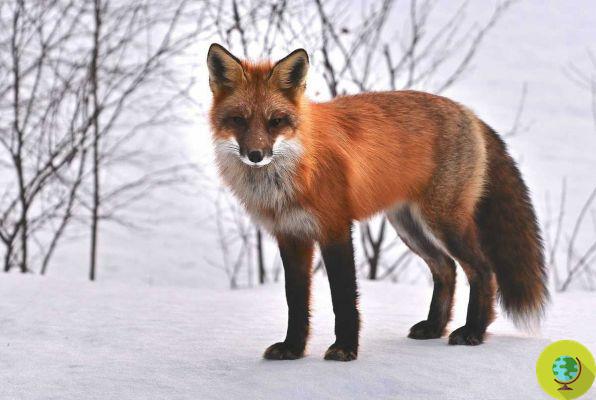
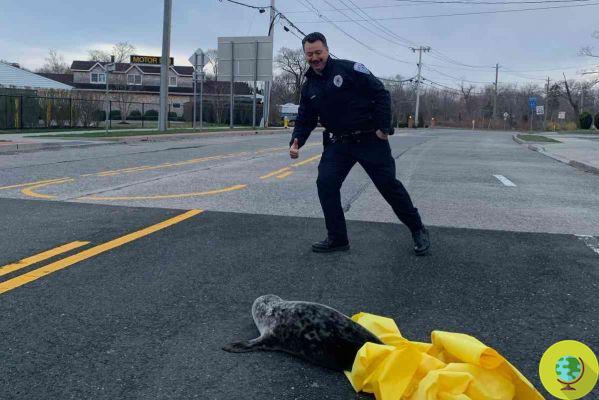

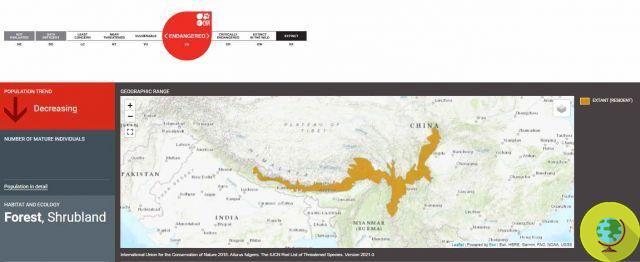
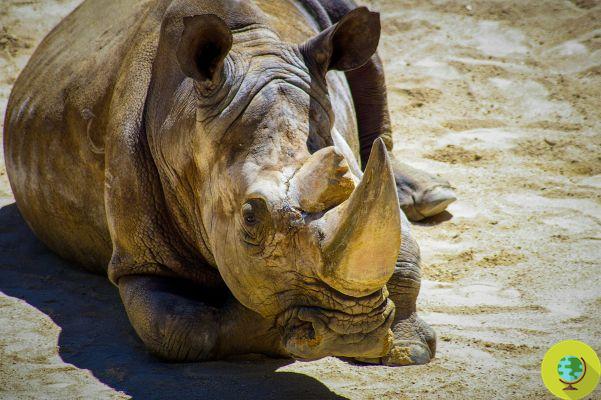
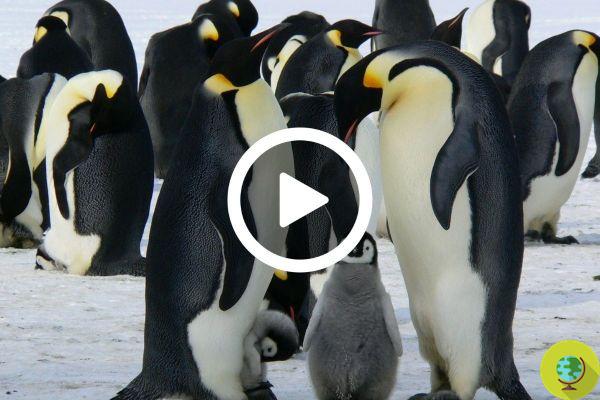
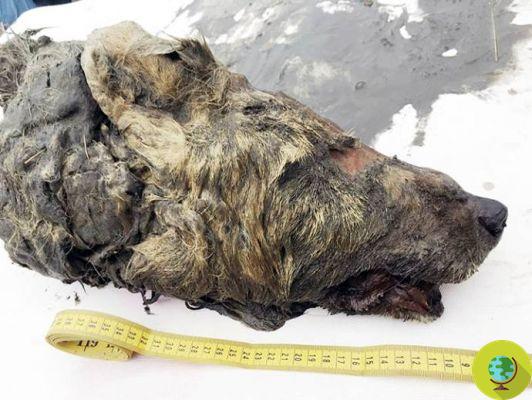
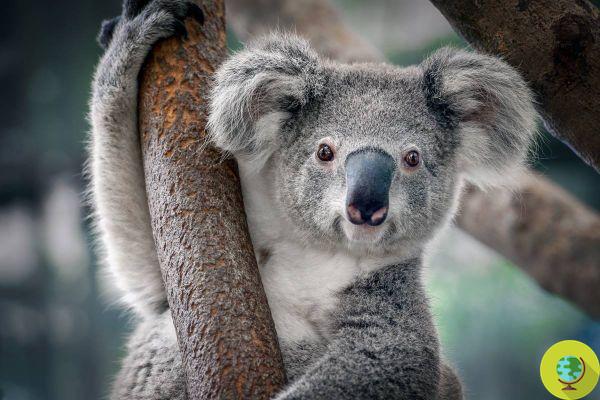
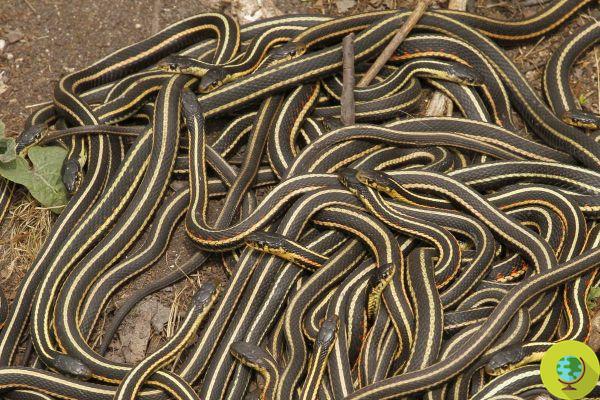
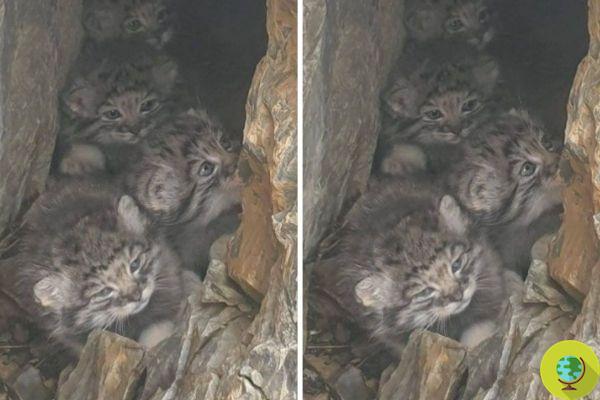
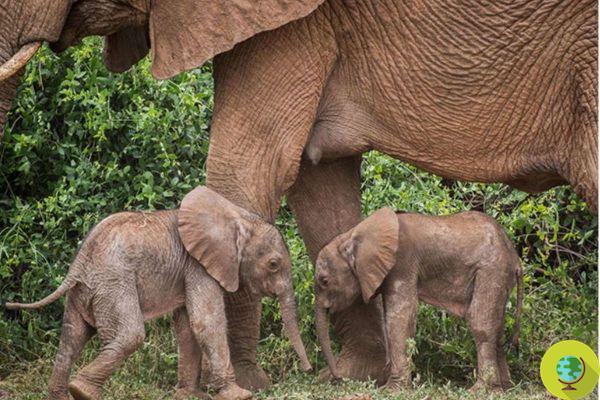
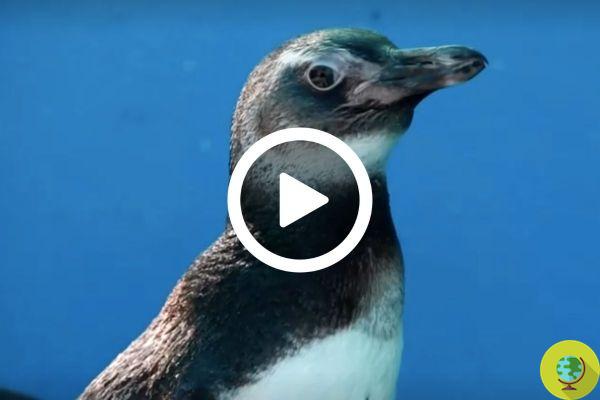
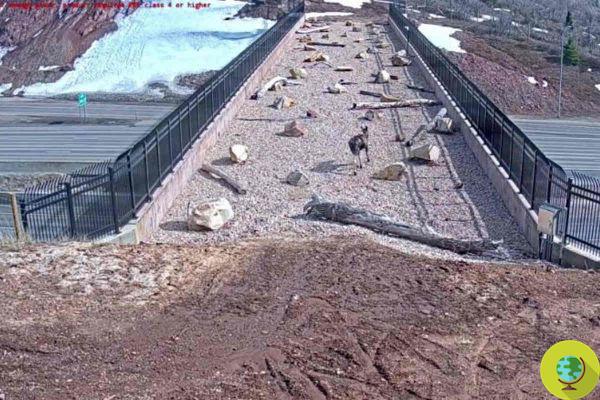
![[VIDEO] Machu Picchu reduces tourists, mother bear and her cub take advantage of it (and it's not the first time)](/images/posts/62c6373a182f0f5734dd4838c89b4af0-0.jpg)
